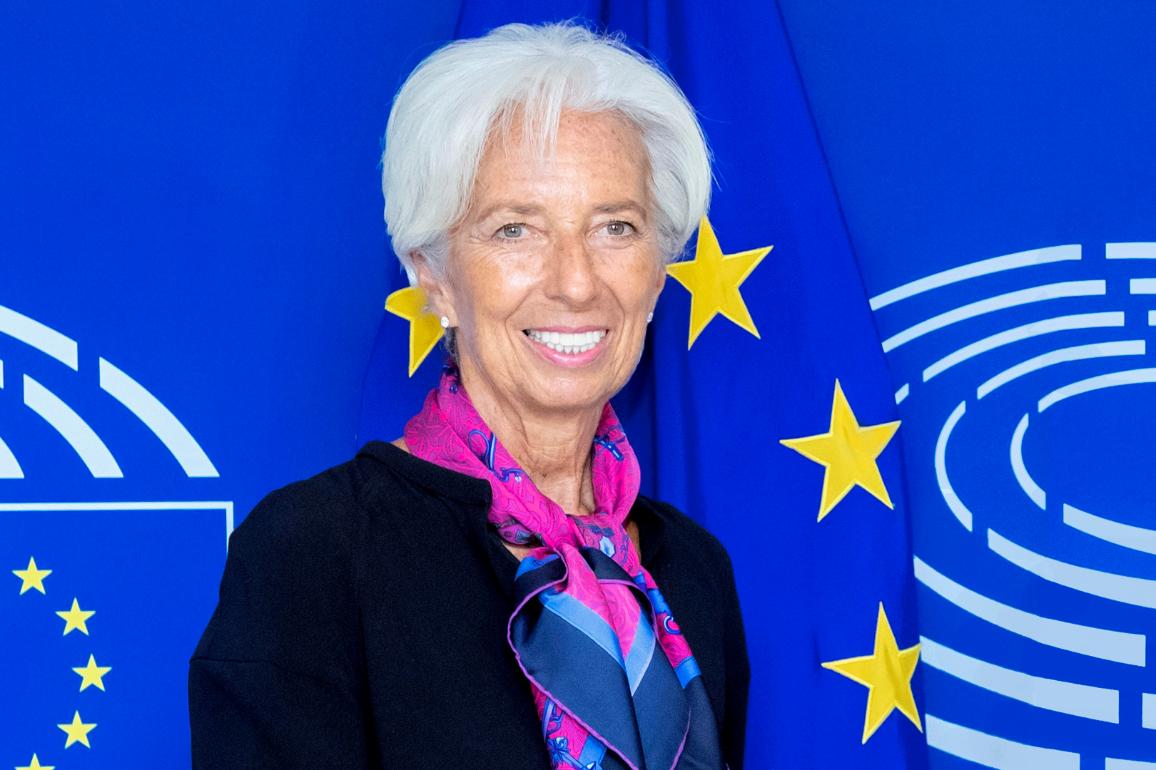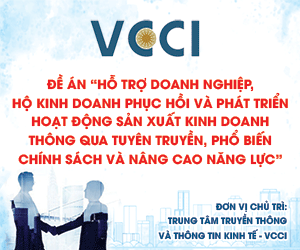US tariffs poses enormous challenges for central banks
The imposition of US tariffs poses enormous challenges for central banks, not least the Fed. Many analysts believe that the Fed will keep its powder dry but other central banks are more likely to ease faster and further.

Recently, we saw the Reserve Bank of New Zealand reduce policy rates by 25-bps against the backdrop of huge tariff uncertainty stemming from the US. But this cut was anticipated, and it follows a path of steady rate cuts that have been going on since last summer. This week it is the turn of the ECB and the Bank of Canada. As a result, the Bank of Canada held its key policy rate at 2.75 percent, its first pause after seven consecutive cuts, while a 25-bps rate cut from the ECB was done on Thursday.
All developed-country central banks are in the frame to cut rates. The only exceptions are the Bank of Japan, which is clearly in a tightening cycle, and the Fed which has to ponder the inflationary consequences of tariffs to a greater extent than other central banks. Steven Barrow, Head of Standard Bank G10 Strategy also thinks that the low point in the policy cycle has been reduced by this tariff war. The ECB, for instance, is seen taking rates down to at least 1.5% in this cycle which is lower than the levels priced into the market. The same goes for the Bank of England, where our call for base rates to fall to a low of 3.5% in this cycle lies below market pricing.
The FED is in a tougher spot than other G10 central banks, as the US seems likely to face a far heavier cost in terms of inflation than its peers. This is not just because many countries have decided not to retaliate against the US with tariffs of their own. It is also because the US dollar has fallen. Tariff theory suggests that the tariff-imposing country will experience an offsetting appreciation of its currency. But that’s not happened. Instead, the dollar has fallen, and this could both increase the inflationary effect of tariffs in the US and reduce any inflationary impulse overseas.
Just what sort of inflationary impulse could be seen in the US is tough to tell, not least because we don’t know how long high tariffs will last and what will be the final settling level for tariffs if they do persist. To date, the effective tariff rate seems to have risen by around 20 percentage points.
Many studies suggest a pass-through rate to inflation of around 10% points, meaning that if these current tariff levels were to persist for some time we could be looking at two percentage points of extra inflation. A CPI inflation rate of over 4% later this year, from 2.4% right now seemingly makes it difficult for the Fed to consider rate cuts in the short-term. The fed funds futures market is currently priced for the Fed to trim rates by 25-bps at the June or July meeting. Steven Barrow thinks that’s too soon.
Of course, the Fed could cut in the summer if the economy absolutely implodes under the weight of tariffs as the Fed could be confident that any rise in inflation resulting from tariffs would soon be negated by slumping demand. But Steven Barrow is not sure this will be the case.
Another point is that Fed has to remember that tariffs represent an adverse supply shock, meaning a shock that both reduces growth and lifts inflation. In deciding which to prioritise it is worth remembering that past supply shocks have usually had more long-lasting implications for prices, not growth.
For instance, Covid was an adverse supply shock but here the damage to growth lasted only one quarter while the subsequent recovery in demand and dearth of supply led to a massive inflation problem in 2021 and 2022 that necessitated much higher policy rates.
Looking back, Steven Barrow dares say that the Fed would say that it put too much emphasis on the growth implications of Covid and not enough on inflation. This being said, he doesn’t doubt that the Fed will cut rates quickly if the economy plummets in the same sort of way that we saw during the pandemic. But if, instead, the economy proves more stable, the Fed seems likely to wait this one out and only cut rates at a later stage once it is sure that any price effects are transitory. “We do think that the tariffs could open up more room to ease next year than previously envisaged, albeit no more than the slide to the 3.25%-3.5% region that’s priced into the market.








